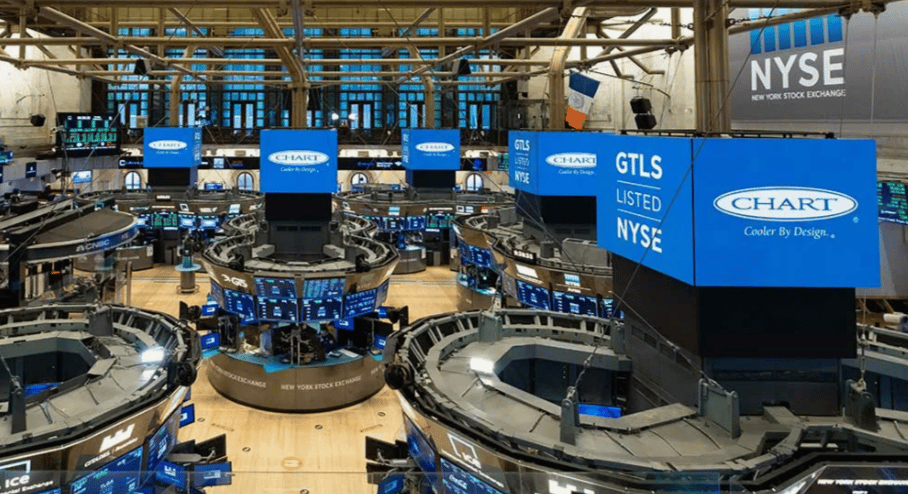Shares in the German sportswear manufacturer Puma SE faced pressure on the premarket Wednesday, dropping by 8% following the release of a disappointing sales forecast. The company encountered slow demand in key markets such as the U.S. and China, heightening concerns about its near-future prospects.
Reasons Behind Puma's Stock Decline
On Tuesday, Puma released its forecast for the first quarter of 2025, which has led to growing skepticism among investors. The company announced that sales growth, accounting for currency fluctuations, is expected to be in the single digits—less than last year's figures. This prediction has heightened uncertainties driven by weak performance in two major regions: the U.S. and China.
Key Pressure Factors:
- Weak Performance in the U.S. and China: Despite overall growth in the sports market, the industry has struggled to achieve significant progress in Western and Asian markets. Competition in these areas, which can potentially reduce margins, has been a significant hurdle.
- One-Off Costs Up to 75 Million Euros: As part of its cost-optimization program, the company has announced considerable one-time expenses. This move aims to enhance long-term operational efficiency but has raised questions among experts about its impact on short-term financial outcomes.
Impact of the Forecast on the Market
The drop in Puma's stock value is observed amid general concerns over global supply chains and macroeconomic instability. The company’s assets have historically been susceptible to volatility during financial report releases, and the current situation is no exception.
The 2025 Company Forecast
Despite the necessity of one-time expenditures and sales challenges, Puma intends to continue its long-term strategy implementation.
Key Objectives for 2025:
1. Optimizing supply chains and improving operational efficiency.
2. Investing in digital platforms and marketing to attract new audiences.
3. Reducing costs through process optimization.
The company remains confident in its ability to regain positive momentum through business operation adjustments. However, the question of how successful this strategy will be amid high competition remains pertinent.
Dynamics of the Sportswear Market
The global sportswear market continues to show steady consumer interest in high-quality fitness and active lifestyle products. However, companies face several challenges that will determine their market positions:
- Intensifying competition from brands such as Nike and Adidas.
- Decline in consumer demand amid economic uncertainty.
- Rising production costs and logistical complexities.
These trends will impact Puma and its competitors in the coming years.
Key Takeaways
The decline in Puma stocks reflects investors' negative perception of the company's current business results and its upcoming quarterly forecasts. The announced 2025 outlook, alongside significant expenditure, emphasizes the company's commitment to long-term operational improvement. However, pressure on key markets—U.S. and China—remains a significant risk to achieving the stated goals.
To succeed in the competitive landscape, Puma will need to focus on strengthening its positions in crucial regions, developing innovative products, and executing effective marketing strategies.









Pioneering moves in tech finance are opening doors to unprecedented automation opportunities